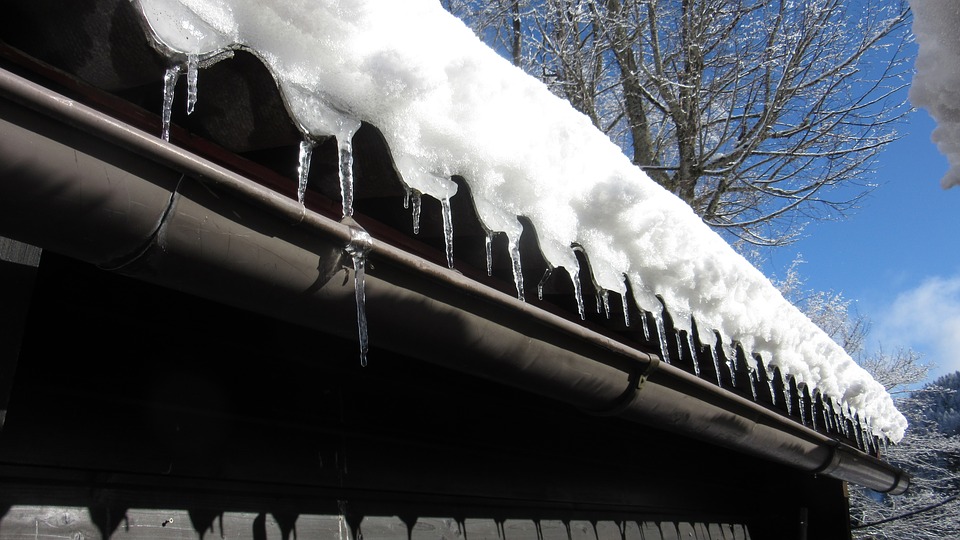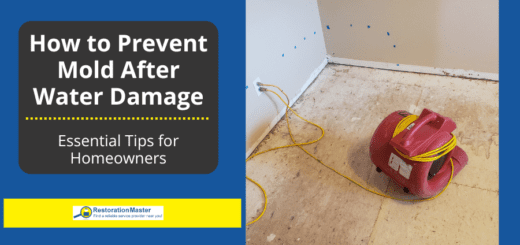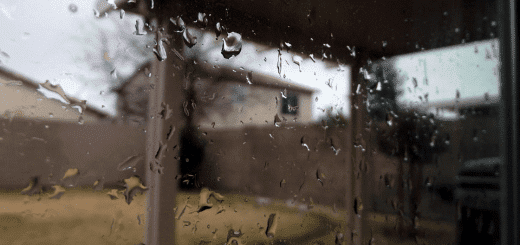Tips to protect your home from winter storm damage
As winter descends upon us, it brings with it an undeniable chill that’s hard to ignore. This season has already greeted us with its fair share of ice, biting winds, and thick blankets of snow. Unfortunately, these wintery conditions aren’t just harsh on our comfort, but they can also take a toll on our homes. Just like thunderstorms and tornadoes damage, winter storms have the potential to cause damage to our homes and disrupt essential heating and electrical systems. Even worse, they can leave our families shivering in the cold.
To protect your home from both structural damage and storm damage, here are some vital steps you can take:
- Manage Snow Accumulation
Snow that accumulates around your home can leadLead is a heavy metal that can be toxic to humans, especiall... More to water damage when it eventually melts in warmer weather. To prevent future water damage, it’s crucial to clear excessive snow from any entry points around your home, such as basement cellar windows or doors.
In addition, keeping an eye on the amount of snow piling up on your rooftop is essential. Roofs are designed to handle a specific weight load, and if too much snow accumulates, there’s a risk of your roof giving way. During and after winter storms, it’s vital to monitor the progress of snow accumulation on your roof. Snow tends to accumulate on the downwind or leeward side of your roof, and if it builds up unevenly, it can leadLead is a heavy metal that can be toxic to humans, especiall... More to problems. If you notice such an issue, reach out to a certified roofing professional or a water damage restorationWater damage restoration is the professional process of clea... More company for safe removal.
- Preventing Snow Accumulation
One of the most effective ways to prevent snow from accumulating on your roof is by maintaining a well-ventilated attic. During the winter, our homes are heated, and because heat naturally rises, it makes its way to the attic. Proper attic ventilationVentilation is the process of exchanging or circulating air ... More ensures that this heated air reaches your attic, and in the midst of a severe winter storm, this is exactly what you want. A warm attic can help thaw accumulated snow on your roof.
Furthermore, a warm, ventilated attic can prevent the formation of ice dams. Ice dams occur when melted snow trickles down your roof, only to refreeze near the edges, hindering the natural flow of snow and ice off your roof’s slope. Left unchecked, ice dams can infiltrate your home’s interior, causing significant water damage.
- In the midst of a Winter Storm
Your family’s safety should be your top priority if your home faces a heavy winter storm. It’s advisable to stay indoors during the storm and avoid unnecessary travel.
After the storm has passed, there are several steps you can take to minimize structural damage:
- Check your electrical and natural gasNatural gas is a flammable fossil fuel composed mainly of me... More systems to ensure they are intact. If you discover any shorts or leaks, immediately shut down the system and contact your provider’s emergency line.
- Inspect your home for any broken windows or breaches in its structureStructure refers to the framework or components of a buildin... More. Temporarily board them up or seal them to maintain warmth and prevent further water damage.
- Assess the structural damage both inside and outside your home. You may be able to take immediate action by removing large pools of water yourself and using fans to ventilate your home. In cases of severe damage, consider contacting a water damage restoration expert.
By following these precautions and being vigilant during the winter months, you can better protect your home and ensure your family’s comfort and safety during the coldest season of the year.













